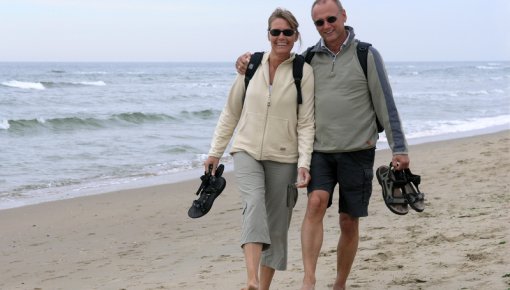What can you expect before and after surgery?

After getting an artificial knee joint, you stay in the hospital for about 7 to 10 days. The surgery is followed by rehabilitation treatment. The aim of rehabilitation is to improve recovery, increase the range of motion of the knee, and help you learn to use your new joint.
If you have advanced osteoarthritis of the knee, an artificial knee joint (prosthesis) can relieve pain and improve your quality of life. But it doesn’t work exactly like a normal knee.
After surgery, it’s important to have rehabilitation treatment. It takes several months to get used to the artificial knee and to be able to move it enough. By that time, the swelling and pain have improved. The muscles and ligaments are then strong enough to fully support the artificial joint too.
Artificial joints have a limited lifespan. But you can do a lot to help them work properly and last longer – such as making active use of rehabilitation treatment and moving the knee afterwards too, with exercise that’s easy on the joint.
